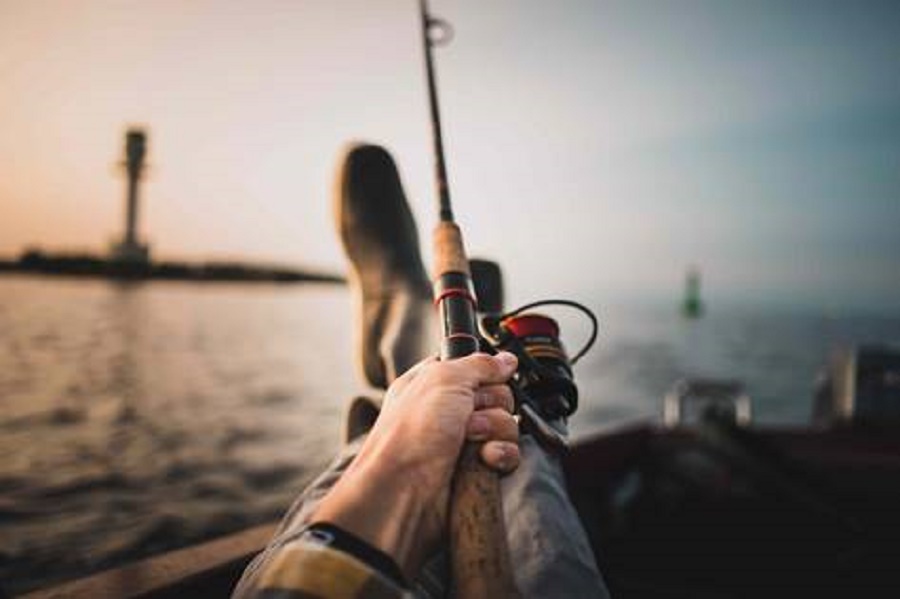For the visitor, Shetland offers the opportunity for adventure and a return to nature – with epic coastal hikes, deserted white-sand beaches and a rich array of wildlife, from otters and orcas to Shetland ponies and bustling gannet colonies. You might come for some of the islands’ famous events, from the Up Helly Aa fire festivals to the Shetland Folk Festival and Shetland Wool Week, or to escape to a seafront bothy or a grand Georgian pile. You’ll eat amazing local produce, from Britain’s best mussels to tender lamb from free-roaming sheep. All the while, you’ll experience the famous Shetland welcome and the islands’ unique culture, with clearer Viking and Scandinavian influences than anywhere else in the UK.
But Shetland is much more than just a place to visit. Shetland’s dynamic economy has jobs across multiple sectors, and the islands are set to lead the UK in everything from renewable energy to sending small satellites into space. Whether you’re looking for a new opportunity or the chance to start a business in a beautiful part of the UK, a new career and lifestyle may be waiting for you. You’ll be welcomed into a vibrant society, where community and sustainability are more than buzzwords, with great schools, world-class infrastructure and loads to do, from sports clubs to events and outdoor activities. With low crime, Shetland is a place where children can roam freely, and where many people live with a view of the sea.
Shetland, also called the Shetland Islands, is an archipelago in Scotland lying between Orkney, the Faroe Islands, and Norway. It is the northernmost region of the United Kingdom.
The islands lie about 50 miiles to the northeast of Orkney, 110 milesfrom mainland Scotland and 140 miles west of Norway. They form part of the border between the Atlantic Ocean to the west and the North Sea to the east. The islands’ administrative centre, largest settlement and only burgh is Lerwick, which has been the capital of Shetland since 1708, before which time the capital was Scalloway.
The archipelago has an oceanic climate, complex geology, rugged coastline, and many low, rolling hills. The largest island, known as “the Mainland”, is the fifth-largest island in the British Isles. It is one of 16 inhabited islands in Shetland.
Humans have lived in Shetland since the Mesolithic period. Picts are known to have been the original inhabitants of the islands, before the Norse conquest and subsequent colonisation in the Early Middle Ages. During the 10th to 15th centuries, the islands formed part of the Kingdom of Norway until they were annexed into the Kingdom of Scotland due to a royal dispute involving the payment of a dowry. In 1707, when Scotland and England united to form the Kingdom of Great Britain, trade between Shetland and continental Northern Europe decreased. The discovery of North Sea oil in the 1970s significantly boosted Shetland’s economy, employment and public-sector revenues Fishing has always been an important part of the islands’ economy.
The local way of life reflects the Norse heritage of the isles, including the Up Helly Aa fire festivals and a strong musical tradition, especially the traditional fiddle style. Almost all place names in the islands have Norse origin. The islands have produced a variety of prose writers and poets, who have often written in the distinctive Shetland dialect. Numerous areas on the islands have been set aside to protect the local fauna and flora, including a number of important seabird nesting sites. The Shetland pony and Shetland Sheepdog are two well-known Shetland animal breeds. Other animals with local breeds include the Shetland sheep, cow, goose, and duck. The Shetland pig, or grice, has been extinct since about 1930.
The islands’ motto, which appears on the Council’s coat of arms, is “By law shall the land be built”. The phrase is of Old Norse origin, is mentioned in Njáls saga, and was likely borrowed from provincial Norwegian laws such as the Frostathing Law.
